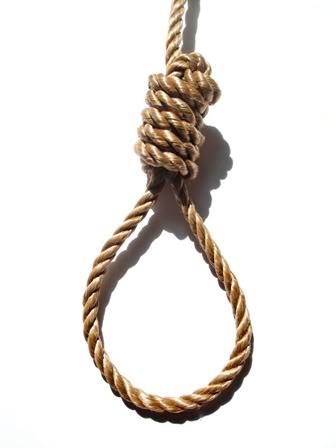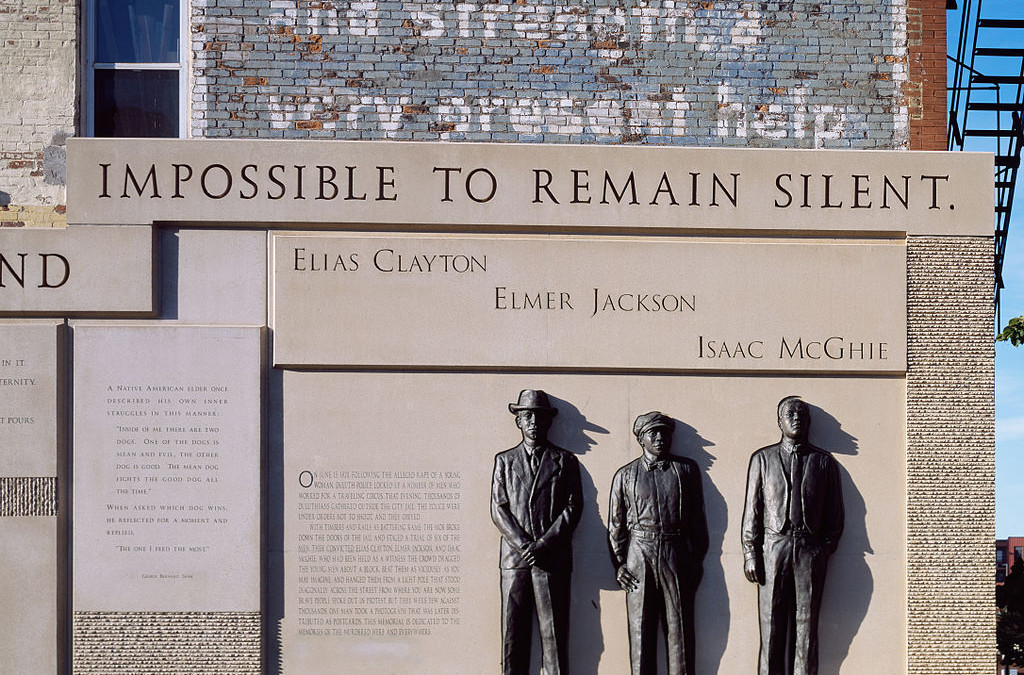
| 11 Lynching Monuments in the USA |
N.B.: There must be more lynching monuments than these few. Please email any information you have to geovisual @ comcast.net. Thank you.
Right click image to enlarge.

|

|

| 
|

| November 6, 2012 - "On Election Day, an effigy of President Barack Obama [with a noose around his neck] was discovered hanging on a billboard in the city of Duluth. As stewards of a memorial, commemorated in our city on October 10, 2003 honoring the memory of three black men lynched here in 1920, CJMM, Inc. is compelled to speak out. The Clayton, Jackson, McGhie Memorial [CJMM] is a testament to the public’s commitment to acknowledge its painful history and to move forward to build a more just & inclusive community. One of the quotes carved in the Memorial wall reads , "An event has happened, upon which it is difficult to speak and impossible to remain silent." (Edmund Burke) Tuesday’s symbolic act was another such event, and an assault on our community’s integrity. It was an act of injustice & exclusion. It was an ugly, hateful & blatantly racist way to express one’s opposition to our nation’s first African American President, seeking reelection on Election Day. As a community, we cannot tolerate bigotry & hate. We cannot ignore or remain indifferent to the heinous nature of this act. We can speak out & defy such behavior in our community. We can commit to actively eradicate racism & hatred in our midst. Clayton, Jackson, McGhie, Inc. Board of Directors. In Solidarity with the following Un-Fair Campaign Partners – Office of the Mayor, University of Wisconsin – Superior, Duluth Human Rights Commission, Lutheran Social Services, CHUM, Peace Church, YWCA, League of Women Voters & Men As Peacemakers. As well of the Office of Cultural Diversity at UMD, the Office of Institutional Diversity at CSS & Carl Crowford." /// MN 2003 |

|
| 
|
|

|
| 
|
|
 |

 | E M O R I A L | US E U M |
|


